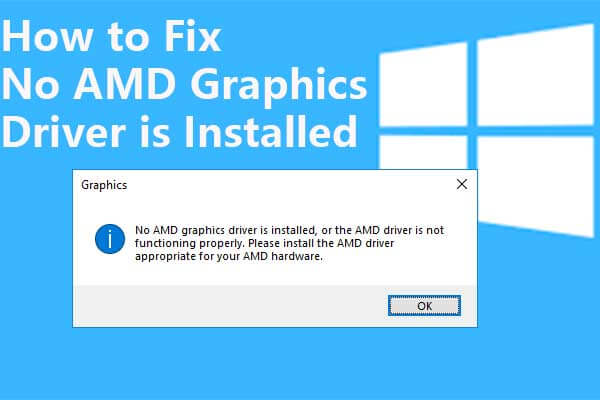

- #INSTALL AMD RADEON SETTINGS DRIVERS#
- #INSTALL AMD RADEON SETTINGS DRIVER#
- #INSTALL AMD RADEON SETTINGS MANUAL#
- #INSTALL AMD RADEON SETTINGS SOFTWARE#
Per-game overclocking is a feature that feels immediately useful, limited primarily by AMD's small OC overhead on its recent cards.
#INSTALL AMD RADEON SETTINGS SOFTWARE#
AMD could improve its software value-add by providing short help text for each setting presented to the user (like morphological filtering), similar to what's found in UEFI settings tabs. Our biggest criticism is AMD's lack of explanatory text for game settings, but this is something we've taken on with our own optimization guides and dictionaries. Navigation is straight-forward, more or less, and settings management is fairly easy. There's nothing inherently wrong with that we think the software suite looks vastly superior to its championed sibling. Radeon Settings moves everything into a wide interface using the omnipresent semi-transparent, all-boxes, white-space design that has consumed today's software and websites. Usability, from the assumed perspective of a novice system builder, has vastly improved over CCC's overwhelmingly nested list of advanced options. 15.11, in this case, is the year.month minor versioning (2015, November). “Crimson Edition” is the major version, iterated annually, from what we're told. This replaces Catalyst Control Center and will be used to refer to AMD's software going forward. “Radeon Settings” is the name of the suite. Radeon Settings – Crimson Edition – 15.11 Let's break-down the naming structure to reduce confusion: Naming Scheme & Sub-VersioningĪMD's naming scheme does feel a little bit greedy – like everyone at the round-table liked all the names so much, they decided to include all of them. This cleared, AMD has actually improved overall performance of its software suite with Crimson's unveil. We strongly disagree with the way AMD (and, in past press decks, nVidia) is presenting its gaming performance gains, using a fine-print-style notation of applicability only to older drivers. We've already tested 15.11.1 with all of the newest games.
#INSTALL AMD RADEON SETTINGS DRIVERS#
Any user who has kept up-to-date on beta drivers – and anyone playing the latest games should likely be on 15.11.1 beta – will not see this 20% performance gain, as Radeon Settings is bundled with 15.11.1. The promised performance gain, accompanied by an asterisk, is over AMD's 15.7.1 Catalyst drivers. This is something that both nVidia and AMD have done in the past.
#INSTALL AMD RADEON SETTINGS DRIVER#
Quick note: There's a good chance that, looking through our own screenshots or reading other articles, you'll see AMD's claims that Crimson introduces “up to 20% more performance” over its previous driver set. You'd ideally run this before changing your GPU (even within AMD families) and reinstalling the drivers.Ĭrimson Does Not Improve Gaming Performance Over 15.11.1 AMD's own driver cleaner will be useful for testing environments and for user device changes. We use other driver blaster tools to wipe the slate for test. Native inclusion of AMD Clean Uninstall utility which, mercifully, will now completely wipe AMD registry entries and files from the system.Significantly faster, one-click support for Eyefinity.Particularly applicable to multi-display configs. “Up to 3x faster” display initialization (AMD statistic, not validated independently) with Radeon Settings over CCC.Raptr's software is required for per-game settings profiling. Global application of game settings, without requirement of AMD Gaming Evolved (Raptr).Per-game profiling of overclocking, a feature we spent time discussing in our previous news write-up.
#INSTALL AMD RADEON SETTINGS MANUAL#
According to AMD, 100% more automated test cases, 25% more manual test cases, and 15% more system configurations have been added for Radeon Settings over Catalyst Omega.“10x faster startup” when compared to CCC 15.7.1 (this is an AMD statistic).Targeting day-one game driver support with greater consistency than in the past.AMD now targeting 6 WHQL driver updates per year, a big move forward from the company's six-month silence from 2H14 to 1H15.


 0 kommentar(er)
0 kommentar(er)
